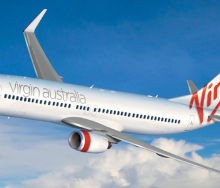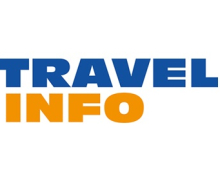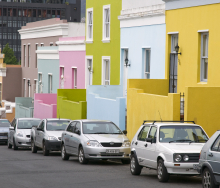South Africa’s borders will reopen on October 1 for inbound international travel, except for leisure travellers from a group of countries classed ‘high risk’. The list contains many of South Africa’s most significant source markets, such as UK, US, France, Portugal, Brazil and Switzerland.
In a media briefing today, Minister of Science and Technology, Naledi Pandor, said leisure travellers would not be permitted from countries on the high-risk list. Only those travelling on diplomatic visas or with proof of business activity (high skills visa holders), or investors, may travel from high-risk countries to South Africa.
But the protocols for South Africans who want to visit countries on the “high-risk” list (eg, UK, US, France etc) for travel of any type are anything but clear.
Outbound travel was not addressed at all at the briefing, excepting for when Minister of Home Affairs, Aaron Motsoaledi addressed the question: “Will South Africans be allowed to travel to any country?” He responded: “If those countries will allow them, then nothing can stop them. But when they come back they will be regarded as people from high-risk countries.”
This implies that South Africans who travel abroad for leisure purposes, to high-risk countries, do so at the risk of being barred from returning to South Africa as long as that country remains on the high risk list.
Travellers from medium- and low-risk countries may travel to South Africa for any reason. Also all travellers from the African continent, whether they are travelling for business or leisure purposes, will be admitted to SA with a negative PCR test. All permitted travellers should have proof of the now mandatory travel insurance as a condition of boarding inbound flights, said Minister Pandor.
“Travellers must have done a PCR test, no older than 72 hours from the time of departure in their country of departure. The test must be conducted by a certified medical practitioner, and the certificate they present on arrival will need the name and signature of the practitioner,” said the Minister.
She added that should a traveller from any country arrive without a Covid negative certificate, an invalid certificate or presenting symptoms of COVID, they will be put into a mandatory 10-day quarantine at a government-approved facility, at their own expense.
Minister Pandor added that infection rates would be constantly monitored and the categorisation of countries will be reviewed every two weeks.
The “high-risk” countries, as at October 1, 2020, are the following:
- Albania
- Argentina
- Armenia
- Austria
- Bahrain
- Belgium
- Bolivia
- Bosnia and Herzegovina
- Brazil
- Chile
- Colombia
- Costa Rica
- Croatia
- Czech Republic
- Denmark
- Ecuador
- France
- Georgia
- Greece
- Guatemala
- Guyana
- Honduras
- Hungary
- Iceland
- India
- Iran
- Iraq
- Ireland
- Israel
- Jamaica
- Jordan
- Kuwait
- Lebanon
- Luxembourg
- Maldives
- Malta
- Mexico
- Moldova
- Montenegro
- Nepal
- Netherlands
- North Macedonia
- Oman
- Palestine
- Panama
- Paraguay
- Peru
- Portugal
- Puerto Rico
- Qatar
- Romania
- Russia
- Slovakia
- Suriname
- Switzerland
- Ukraine
- United Arab Emirates
- United Kingdom
- USA
- Venezuela














